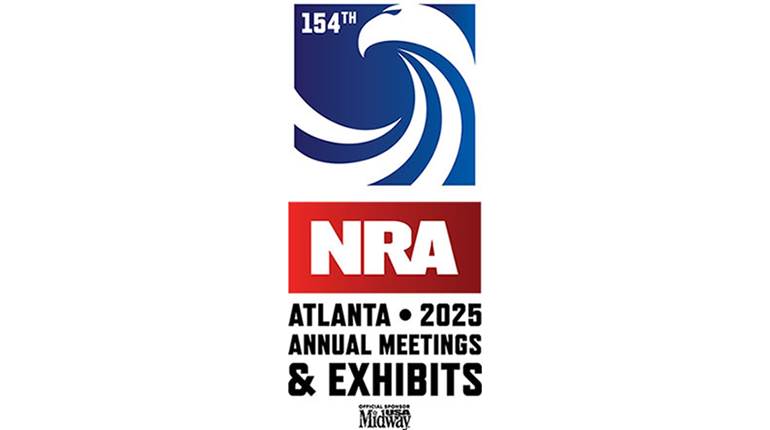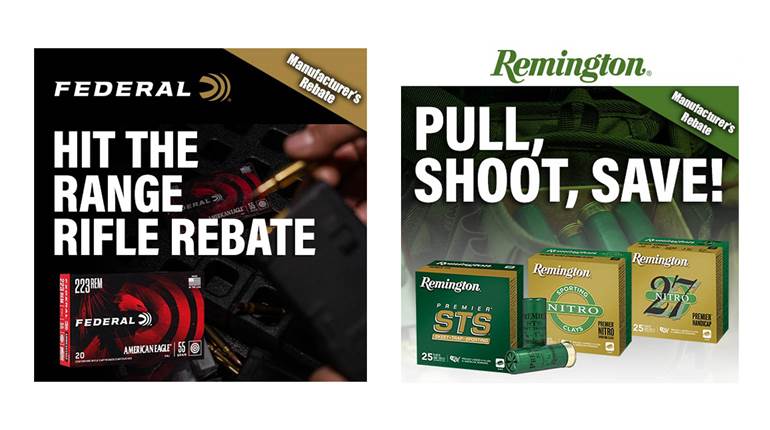
This article, “Lahti’s Finnish Pistols,” appeared originally in the August 1969 issue of The American Rifleman. To subscribe to the print magazines, visit NRA’s membership page here.
Finnish arms designer Aimo Johannes Lahti developed 36 different guns between 1922 and 1948, but he is best known for his automatic pistols, particularly the Model P usually called the L-35.
Born in Finland in 1896, Lahti grew up on a farm, and his interest in guns was aroused by a blacksmith who was also a gunsmith. First of his many arms developments was a submachine gun manufactured in prototype by private industry. This was developed in the early 1920's when he was an arms master in the Finnish Army.
Lahti left the army in 1926 and started a private firm to produce his submachine gun. This company sold out in a short time, however, and Lahti rejoined the army to help establish the Finnish State Rifle Factory (VKT). He gradually rose in stature as an arms designer until he became the chief arms designer of Finland with rank comparable to that of a cabinet minister. He retained this rank until retirement in 1949.
Produces Prototype Arm
In 1926, Lahti developed a 7.65 mm automatic pistol. The Finnish Army pistol at that time was the Bergmann-Bayard, which was expensive, somewhat unreliable, and difficult to service. Lahti's friends asked him to design a pistol that would be reliable, easy to produce, and well suited to Finland's cold climate. He responded by developing a pistol basically the same as his 7.65 mm pistol but in 9 mm Parabellum (Luger) caliber. The prototype of this 9 mm pistol was ready in 1929, and it proved successful in tests. Lahti still has this prototype pistol. Although it has fired more than 6000 rounds, it appears to be almost new.
Production of the new pistol was delayed since the State Rifle Factory was fully engaged in turning out submachine guns and machine guns for the Finnish Army. By 1932, however, production was begun on an order for 9000 pistols, but delivery did not start until 1935. Hence the pistol was designated Model L-35.
Of short-recoil design, the Model L-35 pistol is accurate, rugged, reliable, and well made. It has much of the appearance and some features of the German Luger. However, the L-35 is considerably heavier than the Luger and differs mechanically.
 Swedish Model 40 pistol, shown above, left-side view.
Swedish Model 40 pistol, shown above, left-side view.
The barrel of the L-35 is screwed in a barrel extension which houses a breechbolt. During the first part of firing when pressure is high, the extension and breechbolt are locked together by a U-shaped locking block. After the recoiling parts have moved back about 5/16", the locking block engages cam surfaces on the frame and is moved vertically to unlock the breechbolt.
An unusual feature of this pistol is an accelerator or small lever pivoted in the barrel extension. As soon as the breechbolt is unlocked, the lower part of the accelerator strikes the frame causing the upper portion to accelerate the breechbolt rearward. When the breechbolt moves forward in counter-recoil, it pushes the accelerator back to its original position.
A hammer driven by a coil spring is pivoted in the frame. The recoil spring is also of coil type.
The 8-round magazine is detached by actuating the magazine release on the bottom of the handle. Loading the magazine is facilitated by pushing down the follower button on the magazine exterior. When the last round is fired, the breechbolt is held open by a hold-open catch.
A thumb-operated safety is on the upper left of the frame. Also on the left of the frame is a takedown catch. Fieldstripping is easily done without tools. Care must be taken in reassembly, however, to replace the locking block since it is possible to fire the pistol without this part and doing so would be dangerous. The locking block must always be replaced with the arrow on it pointing forward or the breech bolt cannot unlock upon firing.
The grips are checkered brown plastic and bear the marking "VKT" which stands for VALTION KIVAARI TEHDAS (State Rifle Factory). This three-letter marking is also on top of the barrel extension of many L-35 pistols. Some L-35 specimens are marked "VALMET'' on the barrel extension. This stands for VALTION METALLITEHTAAT (State Metal Works). Another marking on the barrel extension of some L-35 pistols is "SA" which is an abbreviation for SUOMEN ARMEIJA (Finnish Army).
A lug on the rear of the handle permits attachment of a shoulder stock. This is a common feature of many European military pistols. The lanyard loop on the upper rear of the frame is another common feature of military handguns.
 Swedish Model 40 pistol fieldstripped. Barrel and barrel extension (a), locking block (b), breechbolt (c), frame (d), magazine (e). Most unusual feature is the accelerator (see inset).
Swedish Model 40 pistol fieldstripped. Barrel and barrel extension (a), locking block (b), breechbolt (c), frame (d), magazine (e). Most unusual feature is the accelerator (see inset).
One of the outstanding features of the Model L-35 is its excellent grip similar to that of the Luger. The barrel is 4-5/8" long and of medium weight. This gives a favorable balance and makes for good shooting. Also good shooting aids are the clean trigger pull that weighs 4 lbs. and the flat top blade front sight of medium width. The U-notch rear sight is integral with the barrel extension, but the front sight can be driven sideways for lateral adjustment. Since the barrel and barrel extension are solidly joined, the sights are in effect mounted on a single piece.
Unlike the Luger, the L-35 has a well-enclosed action, a highly favorable feature. The largest opening is the ejection port in the right of the barrel extension.
Early L-35 pistols have a loading indicator in the top of the barrel extension. The indicator is raised when a cartridge enters the chamber. This feature was dropped in 1938. The locking block was originally semi-circular, but it was dropped in favor of the more easily produced U-shaped block with square corners. A spring to push the locking block down is another feature of the early specimens. This proved unnecessary, and it was discontinued in 1936.
L-35 pistols are numbered consecutively, most without a serial number prefix. Presentation specimens have a serial number with a V prefix. Pistols not quite good enough for military acceptance but safe to fire were sold to factory employees. These also have a serial number with V prefix, and there is a cross marking in the barrel extension.
Swedish Model 40 Pistol
Finland produced the L-35 pistol until 1940. At that time Sweden adopted the Lahti pistol. Designated Model 40, the Swedish Lahti was produced under license by Husqvarna Vapenfabriks A.B. (Husqvarna Arms Factory, Ltd.) until 1944. It is essentially the same as the L-35 except for markings, grips, and the recoil spring arrangement. Also, the Model 40 has a larger trigger guard than the L-35. The recoil spring and guide of the Model 40 are held on the frame by a spring guide nut projecting from the rear of the pistol. The grips are black plastic and bear the Husqvarna trademark, a circled ornate H surmounted by a crown. Another conspicuous marking is the name of the firm on the left of the barrel extension.
|
Lahti 9 mm Automatic Pistols |
||
|
|
Model L-35 |
Model 40 |
|
Weight |
43 ozs. |
44 ozs. |
|
Barrel Length |
4-5/8” |
4-11/16” |
|
Overall Length |
9-1/4” |
9-9/16” |
Model 40 pistols were produced in military and commercial versions. The 8500 military specimens are numbered consecutively without a serial number prefix. There are approximately 850 commercial specimens that have a serial number with an H prefix and are considered rare. There are also an unknown number of Model 40 pistols that have a serial number with a D prefix.
Of approximately 9000 Lahti L-35 pistols produced for Finland, many were lost or destroyed during World War II. There were also some sold by surplus arms dealers in the U.S. However, most Lahti pistols sold in the U.S. as surplus were Swedish Model 40's.
—Dr. D.R. Lehrer





































